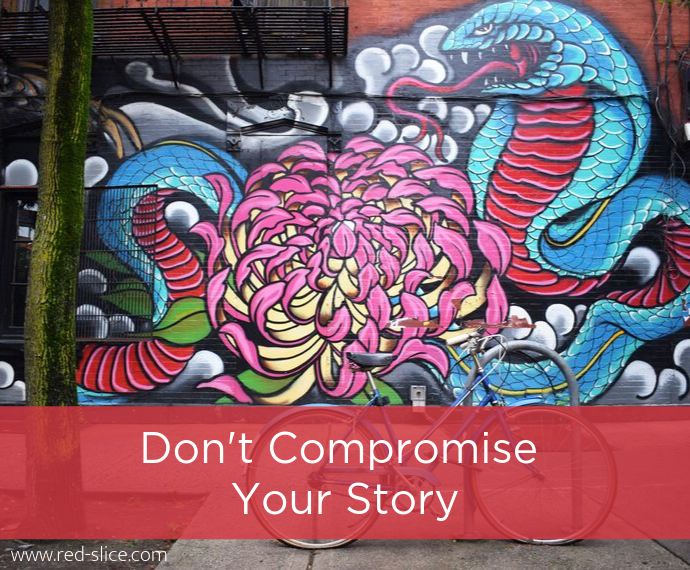Clarity is the third of the five pillars in my upcoming book, The Empathy Dilemma: How Success Leaders Balance Performance, People, and Personal Boundaries.
What are the Five Pillars of Effective Empathetic Leadership?
These are common traits and behaviors seen over and over again in the successful empathetic leaders I interview, speak to, and advise. Even those who truly are empathetic, but don’t label themselves as such! The 5 pillars are a result of hundreds of podcast interviews, research, and data and are common threads across all those who are empathetic and high-performing.
Let’s dig into the third one: Clarity
What Is Clarity?
Ensuring everyone is on the exact same page through clear communication, expectations, feedback, and understanding of job roles, all of which roll up to an action- able mission statement and meaningful company values.
Why Is Clarity Important?
Resentments build where misunderstandings thrive. One of the biggest reasons leaders and workers butt heads is lack of communication on mission, roles, and responsibilities. When people know what’s expected of them—including in emergencies and on an as-needed basis— they are less likely to become disgruntled or even feel entitled. Clarity helps people feel seen, heard, and valued; reduces the likelihood of conflict; and enables everyone to work together more effectively.
Clarity is so underrated. And woefully underused.
Sure, plenty of leaders talk a good game about its importance, but plenty more shy away from actually creating clarity when things get diplomatically dicey.
Here are five strategies to try to be more clear. More details, examples, and tactics to try can be found in The Empathy Dilemma, so don’t forget to snag your presale copy now!
- Revisit Purpose and Values
Clarity on minutiae won’t mean bupkis if your teams don’t have foundational clarity on the company’s purpose and values. And neither leaders nor employees will be able to act compassionately if the shared purpose and values are confusing or vague.
- Clarify Roles and Expectations
How many people review their job descriptions after they’ve been hired? The number probably approaches zero, except during annual review periods. Given that, consider what you can do to ensure your team members understand and agree to their roles and responsibilities. Think beyond the job description to how you can clearly articulate the team’s rules of engagement. Have these discussions. Document them. And revisit often.
- Link Clarity to Accountability
You can’t hold people accountable if they’re not clear on their expectations and goals. Otherwise, what are they being held accountable to? Everyone on your team should be able to say,
“I clearly understand my contribution, I clearly understand that I’m accountable for this piece of the puzzle, and I’m accountable for how I show up every day.”
- Tell People Why
Leaders are busy and overwhelmed, which means they often convey what needs to be done and when but omit the reason why. Lacking a reason why, people feel disrespected or kept in the dark. This amounts to an empathy gap, and one that can be closed quickly and easily with clear explanations. They may not like the answer, but at least they understand why the ask is being made.
- Ask Better Questions
Little-known fact: clarity doesn’t come from having the right answer; it comes from asking the right questions. This can include knowing the right prompts when someone approaches you with a concern or problem.
To better understand these deceptively simple strategies in detail, please check out The Empathy Dilemma for stories from leaders, and tactics to put these strategies into practice.
These 5 pillars will transform how your team engages, performs, innovates, delivers for you and your customers.
Enjoy special pre-sale and launch bonuses – click here now to check them out!
Check out more about the book here: www.TheEmpathyDilemma.com.
Photo Credit: David Travis, Unsplash





